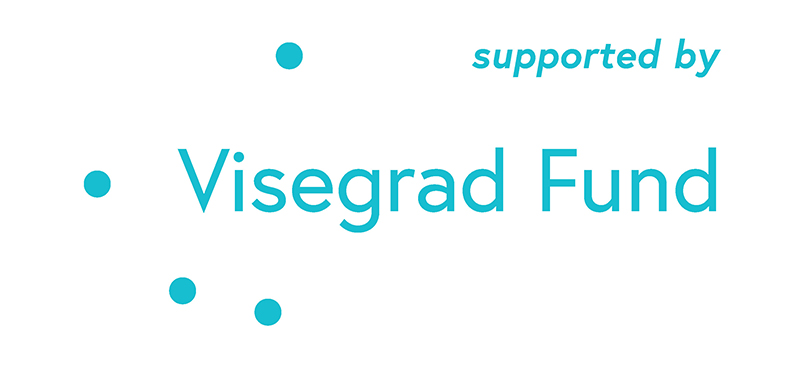In the era of Industry 4.0, where digital technologies and automation are transforming industries, the field of quality management is also evolving. Quality 4.0, which integrates Industry 4.0 technologies with traditional quality management tools and methods, is emerging as a new approach to enhance quality management practices in various sectors, including higher education. This integration involves the use of digitalization, connectivity, automation, and artificial intelligence (AI) to improve performance, reduce risk, and meet customer needs and expectations.
At the same time, the Triple Helix model of innovation, which emphasizes the collaboration between academia, industry, and government, is gaining recognition for its role in fostering innovation and overcoming barriers that single entities cannot tackle alone. This model encourages the co-generation of innovation and the establishment of trilateral networks between academia, industry, and government. The dynamic interrelation between these actors enhances the system's overall capacity for innovation.
In the context of higher education, continuous improvement is essential to address the ongoing changes in the marketplace and meet the demands for quality education. Concepts and methodologies such as Kaizen, Lean Six Sigma, and the European Foundation for Quality Management (EFQM) model can be applied to improve teaching and learning processes, enhance service quality, and optimize resource utilization. Fostering a learning environment that nurtures 21st-century learning requires the development of creative skills and interdisciplinary thinking from educators.
However, implementing Quality 4.0 and continuous improvement methodologies in higher education presents various challenges, including resource availability, technology acceptance by educators, and data privacy concerns. Additionally, the integration of disruptive technologies into education requires updating curricula to address the skills and competencies needed for the Industry 4.0 era. This includes creativity, resilience, critical thinking, and collaboration.
Objectives
This study aims to explore the successful implementation of Quality 4.0 in higher education institutions (HEIs) and the key factors affecting it. It also examines the role of Triple Helix collaboration in enhancing the integration of Quality 4.0 principles and Industry 4.0 technologies in higher education. Additionally, the study investigates how disruptive technologies can contribute to improved quality management in higher education and how HEIs can effectively adopt and integrate new principles and technologies into their curriculum and pedagogical approaches.
Methodology
A survey-based research design was adopted to gather the views and opinions of distinguished researchers and lecturers in the fields of Industry 4.0, Quality 4.0, Education 4.0, and Triple Helix collaboration. The survey questionnaire comprised 15 questions and was distributed to researchers with expertise in the topics of interest. Data collection was conducted through an online questionnaire survey, and various verification measures were implemented to ensure data quality and validity.
Results and Discussion
The survey findings revealed that respondents were more familiar with the concept of Quality 4.0 compared to the Triple Helix model. This suggests that Quality 4.0 has gained more recognition and attention in higher education than the Triple Helix model. Many respondents had successfully integrated disruptive technologies, such as social media, gamification, mobile technologies, and AI tools, into their curriculum. This integration has had a positive impact on student learning outcomes, fostering critical thinking, problem-solving skills, collaboration, and technological proficiency.
Collaboration between academia, industry, and government through Triple Helix frameworks was found to be essential for innovation and overcoming challenges. However, challenges such as finding appropriate partners, communication barriers, conflicting goals, and legal and regulatory barriers were identified. Institutions should establish clear agreements, contracts, and guidelines to address these challenges and ensure successful collaborations.
The integration of Quality 4.0 and Triple Helix collaboration in higher education has the potential to enhance teaching and learning, improve research outcomes, and foster innovation and creativity. However, resistance to change, limited funding, and institutional support were identified as challenges. To overcome these challenges, institutions should promote a culture of change and innovation, secure funding and institutional support, foster partnerships and networks, and advocate for policy reforms.
Conclusion
In conclusion, the integration of Quality 4.0 and Triple Helix collaboration in higher education holds significant potential to enhance quality management practices, foster innovation, and improve teaching and learning outcomes. However, challenges such as resistance to change, limited funding, and regulatory barriers need to be addressed. By implementing strategies to overcome these challenges and promoting continuous learning and professional development for educators, HEIs can harness the full potential of Quality 4.0 and Triple Helix collaboration. Future research should further explore the long-term impact and effectiveness of Quality 4.0 in education and investigate pedagogical approaches that effectively leverage disruptive technologies.
Reference
Wawak S.; Teixeira Domingues J.P.; Sampaio P. (2023). Quality 4.0 in higher education: reinventing academic-industry-government collaboration during disruptive times. TQM Journal, (), -, DOI: 10.1108/TQM-07-2023-0219.
